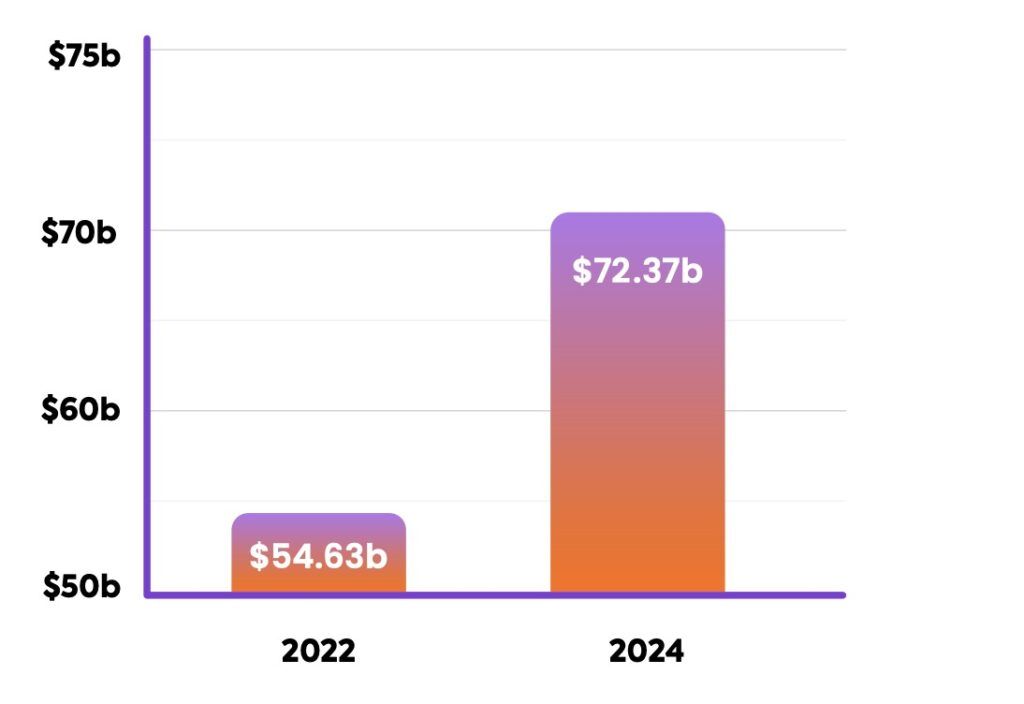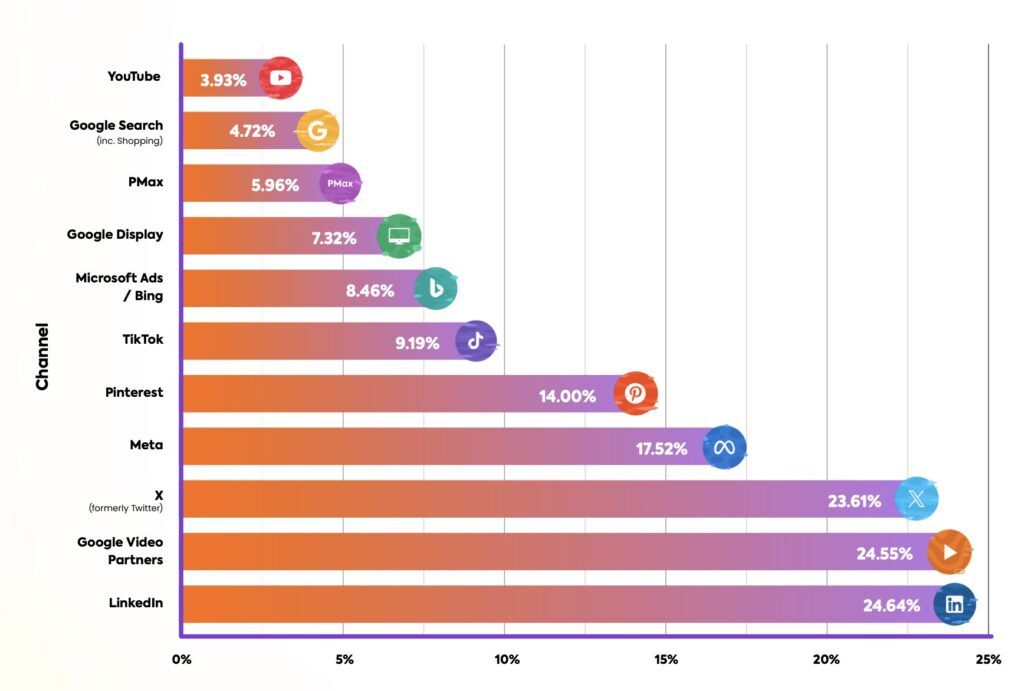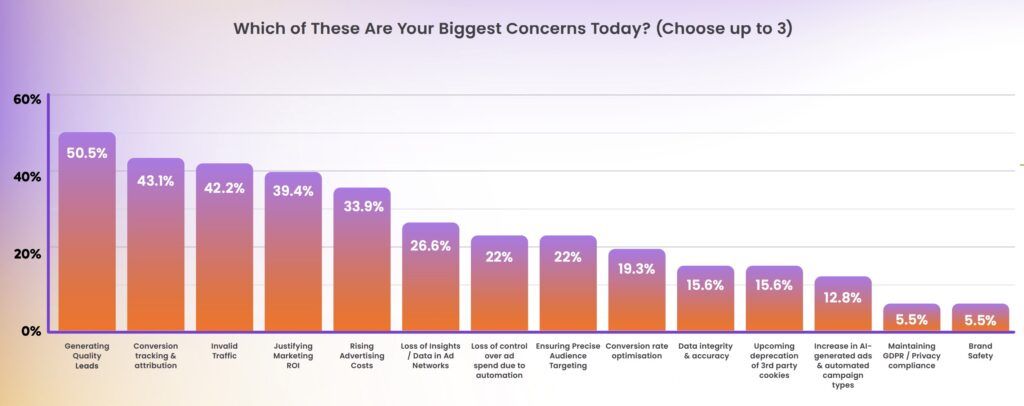
The advertising world is facing some tough challenges as its growth slows down by 5.3%. One big problem on the horizon is something called “invalid traffic” or IVT. Let’s take a closer look at the impact of IVT on ad waste and efficiency.
33% rise in fake traffic
According to Lunio, a company that helps advertisers be more efficient, in 2024, advertisers might waste more than $71 billion on fake or invalid traffic. That’s a whopping 33% increase from 2022.
Lunio studied 2.6 billion paid ad clicks and 104 billion impressions on major platforms like Google, Meta (formerly Facebook), LinkedIn, X (used to be Twitter), and TikTok. They found that 8.5% of all paid traffic is fake. So, basically, one out of every 12 visits to a website is not real.
This is a big problem not just because it’s a waste of money, but it also messes up how advertisers plan their budgets and predict how much money they’ll make. Lunio says that in 2024, this could lead to a staggering $204.8 billion in lost revenue.
Invalid traffic by channel
Source: Lunio
Meanwhile, annual viewability averages on mobile and desktop web and video worldwide have risen 9% between 2019 and 2022. The upward trend has pushed average viewability levels to hover between 70% and 75% for several years, with the global average reaching 73.6% in H2 2022.
Context-aware tech: The secret to 81% more conversions
Learn how leading apps are using context-aware technology to deliver perfectly-timed offers, reduce churn & transform passive users into loyal fans.
Learn morePlatforms with the highest fake traffic
One surprising finding is that LinkedIn has the highest fake traffic rate at 25%, which means over $1.43 billion of ad spending could be a waste. Other platforms like Meta, Bing, X, and Pinterest also have high fake traffic rates, costing around $54.8 billion.
On the other hand, Google’s platforms have a lower fake traffic rate of 5.5%, which is still a significant $16.6 billion.
If we add up the money wasted on fake traffic for Google and non-Google platforms, it’s a massive $71 billion.
Some 65% of advertisers said they actively reduced wasted ad spend by applying exclusion audiences to campaign types while 69.7% acknowledge that there are issues with spam or fake lead submissions.
Advertiser concerns
Source: Lunio
So, in this tough advertising landscape, one of the most important things for advertisers is to fight against fake traffic and minimise its impact.
Marketers need to prioritise addressing this issue in their campaign strategies across all channels.
Key takeaways
- Invalid traffic (IVT) is a major challenge for the advertising industry, with a projected $71 billion wasted in 2024 due to a 33% increase from 2022
- Platforms like LinkedIn, Meta, Bing, X, and Pinterest have high fake traffic rates, costing advertisers billions, while Google fares better with a lower fake traffic rate
- Marketers must prioritize combatting fake traffic across all channels to protect budgets and campaign efficiency



















